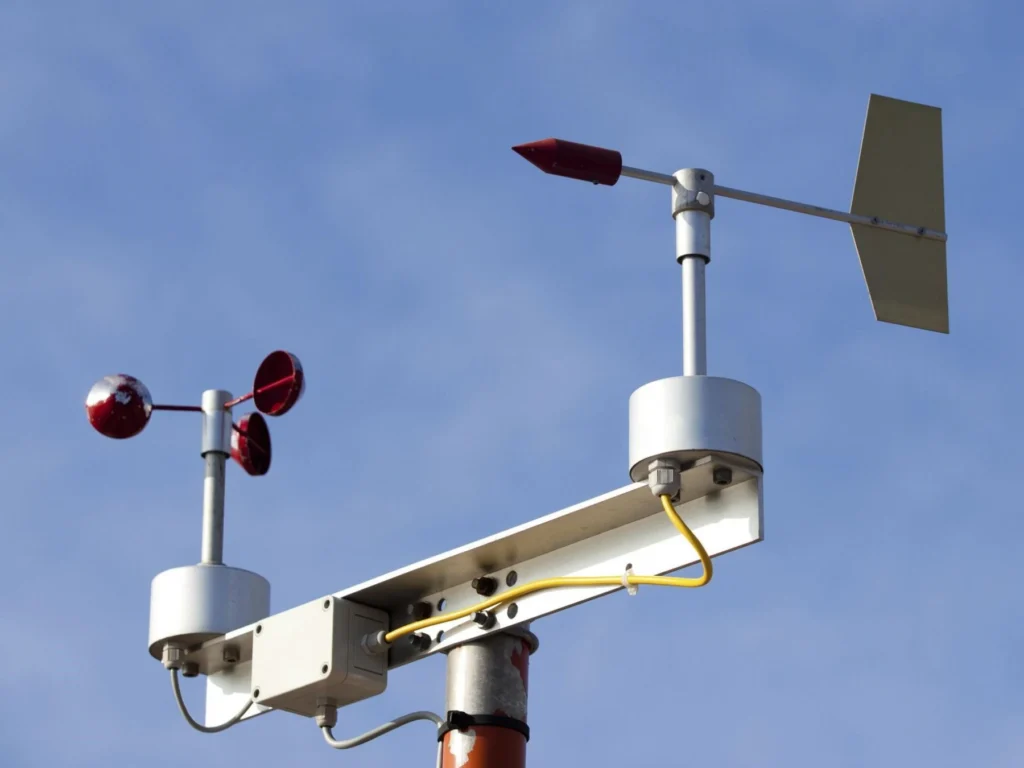
。
# Anemometer: The Instrument for Measuring Wind Speed
Wind speed is a critical factor in various fields, from meteorology to aviation, and even in renewable energy. To accurately measure wind speed, scientists and engineers rely on a specialized instrument known as an anemometer.
## What is an Anemometer?
An anemometer is a device designed to measure the speed of wind. It is an essential tool in weather stations, helping meteorologists predict weather patterns and assess environmental conditions. The term “anemometer” is derived from the Greek word “anemos,” meaning wind, and “metron,” meaning measure.
## Types of Anemometers
There are several types of anemometers, each with its unique mechanism for measuring wind speed:
– Cup Anemometers: These are the most common type, featuring three or four cups mounted on horizontal arms. As the wind blows, the cups rotate, and the speed of rotation is proportional to the wind speed.
– Vane Anemometers: Also known as windmill anemometers, these devices have a propeller or a set of blades that rotate when exposed to wind. The rotation speed is then converted into wind speed.
– Hot-Wire Anemometers: These use a heated wire that cools down when exposed to wind. The rate of cooling is used to determine the wind speed.
– Ultrasonic Anemometers: These devices use ultrasonic sound waves to measure wind speed. They are highly accurate and are often used in research and industrial applications.
## How Does an Anemometer Work?
The working principle of an anemometer depends on its type. For instance, in a cup anemometer, the wind causes the cups to rotate. The number of rotations per minute is counted and converted into wind speed using a calibration formula. Similarly, in a vane anemometer, the rotation of the blades is measured to determine wind speed.
## Applications of Anemometers
Anemometers are used in a wide range of applications:
– Weather Forecasting: Anemometers provide crucial data for predicting weather conditions, helping meteorologists issue accurate forecasts.
– Aviation: Pilots rely on wind speed measurements to ensure safe takeoffs and landings.
– Renewable Energy: Wind turbines use anemometers to optimize their performance by adjusting the angle of the blades based on wind speed.
– Environmental Monitoring: Anemometers are used to monitor air quality and study the impact of wind on ecosystems.
## Conclusion
The anemometer is an indispensable tool for measuring wind speed, with applications spanning various industries. Whether it’s predicting the weather, ensuring flight safety, or harnessing wind energy, the anemometer plays a crucial role in our daily lives. Understanding how it works and its different types can help us appreciate the science behind wind measurement.
Keyword: instrument to measure wind speed
